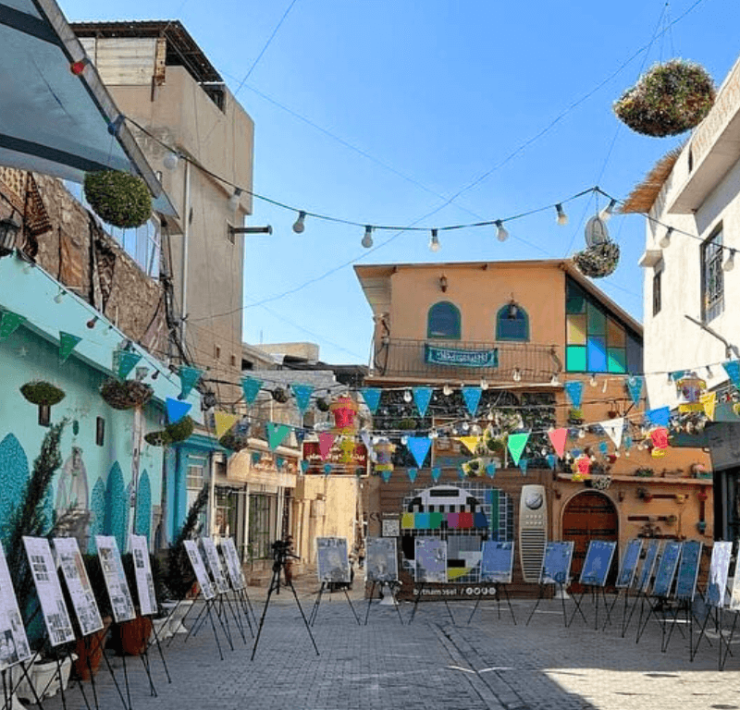For 5000 years, frankincense has been coveted across the globe for its otherworldly fragrance and health and beauty benefits. This extraordinary resin has helped ancient empires to rise, graced churches and temples around the world, and been obsessed over by kings, queens and pharaohs.
When placed on smouldering coals, frankincense resin burns to produce ethereal swirls of intensely scented smoke, filling the space with a heady, impossibly luxurious fragrance. In fact, the burning of incense is at the root of all perfume as we know it today – the word perfume itself comes to English through the French parfume and traces back to the Latin words per fumare – through smoke.
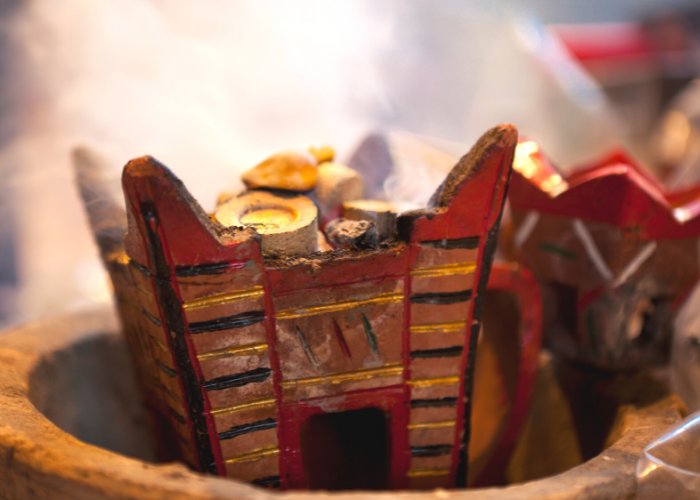
Precious golden pieces of frankincense are formed when the resin of the Boswellia tree solidifies. The trees are tapped two or three times a year, and the drops of resin are carefully collected and graded for quality. As the perfect natural environment for Boswellia Sacra trees, one of the most prized Boswellia species, the Dhofar Valley in southern Oman is known as the home of frankincense, and is the only region which produces the highest quality frankincense resins, known as Hojari and Silver frankincense.
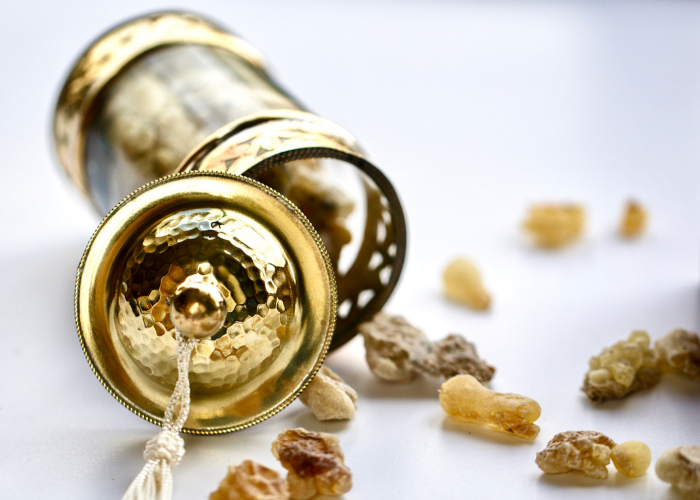
The intoxicating scent of frankincense meant that its popularity spread from the Arabian Peninsula right across the ancient world, and the Dhofar Valley is the historical source of the frankincense that famously travelled along the Silk Routes centuries ago to be traded in markets as far flung as China and the western Mediterranean.
From Ancient Egypt to the Assyrian and Babylonian empires, frankincense was a crucial part of religious rituals. It is a simple matter to link the seemingly magical blossoming of fragrant smoke from the tiny nuggets of resin with the realm of the divine, and the burning of frankincense was a favourite ritual to honour the gods.
In fact, frankincense was so highly prized in the ancient world that Hatshepsut, the acclaimed female pharaoh, famously went on an expedition to the land of Punt to obtain frankincense (which she also used as kohl!). Frankincense was one of the three gifts brought to the newborn baby Jesus by the Magi, and according to the Bible, was even given as a gift by the Queen of Sheba to King Solomon.
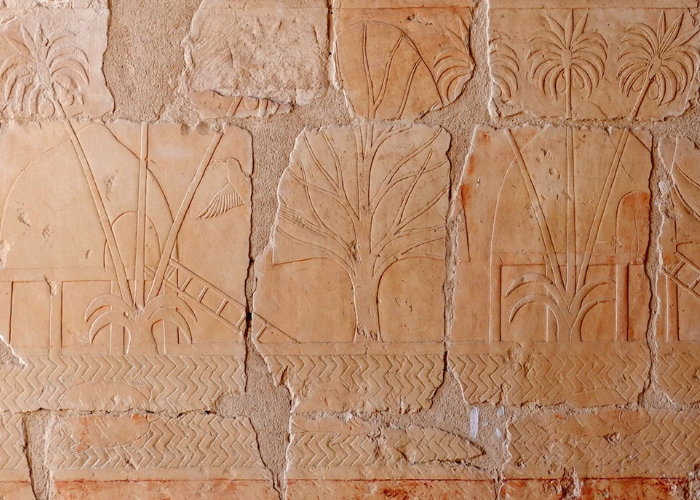
The trade of this resin so coveted by the highest kings and queens of history created enormous wealth for many civilizations, with incense trade routes criss-crossing the Middle East and the Mediterranean. Frankincense was one of the foundations of the wealth of the Nabateans, the nomadic Arab tribe who controlled many of the trade routes across the Arabian Peninsula from the 4th Century BCE onwards. They used the wealth brought by the incense trade to construct a masterpiece of ancient architecture and one of the New Seven Wonders of the World – the stunning capital of their civilization at Petra.
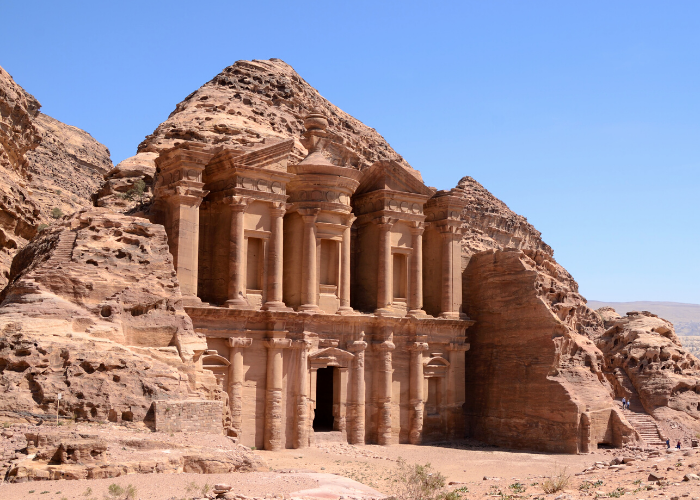
But frankincense is far from a magical elixir resigned to the pages of history – it is still cherished across the world today. In Catholic, Orthodox and some Anglican and Lutheran churches, the use of frankincense is still a key feature of worship. The burning of incense is mentioned in the Bible no fewer than 170 times, and today it is still used to venerate, purify and sanctify in churches across the world.
The wisps of smoke which rise gently when frankincense is burned perfectly symbolise prayers rising to the heavens, while the fragrance and smoke create a solemn and spiritual atmosphere within the church, adding a sense of awe to the proceedings. The burning of frankincense is also considered a selfless offering, the gift of a precious material which disappears once used, offered up purely to honour God.
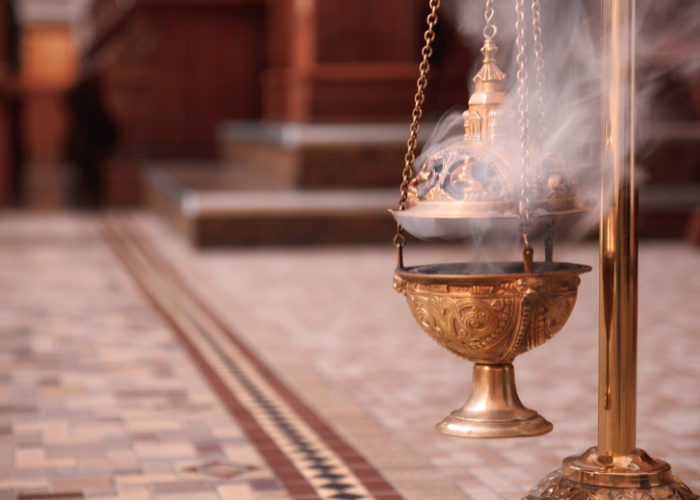
While frankincense retains its religious importance for many Christians across the world, it’s also used for much more earthly purposes in traditional medicine systems as far apart as India and China. Both Ayurveda and Chinese Medicine prize frankincense for its anti-inflammatory and anti-bacterial properties.
Meanwhile in Ethiopia, frankincense has been woven into a different kind of ritual – the coffee ceremony. To begin the ceremony, a frankincense burner will be lit to fill the room with fragrance while the coffee beans are roasted, the heavenly scent melding with the aroma of the roasting beans and the smell of the popcorn commonly served as an accompaniment. And of course, frankincense remains a beloved part of life across the Arabian Peninsula, especially in Oman, where a frankincense burner is an essential item in every home, office and shop – you’ll even find them scenting supermarket aisles!

But frankincense doesn’t have to be burned – it’s also been used in a myriad of other ways for thousands of years. From infusing drinking water to chewing the resin pieces for oral health, frankincense is by no means a one-trick pony!
It also remains a treasured ingredient in the modern perfume and cosmetics industries, following in the footsteps of Hatshepsut who used it in her makeup so many centuries ago. It’s a key ingredient in our Salalah perfume by Evelyn Naón, a fragrance inspired by the incense trade between Salalah on the coast of Oman and the island of Ibiza, while our Sacra Salve is built on the age-old wisdom of the healing properties of frankincense.
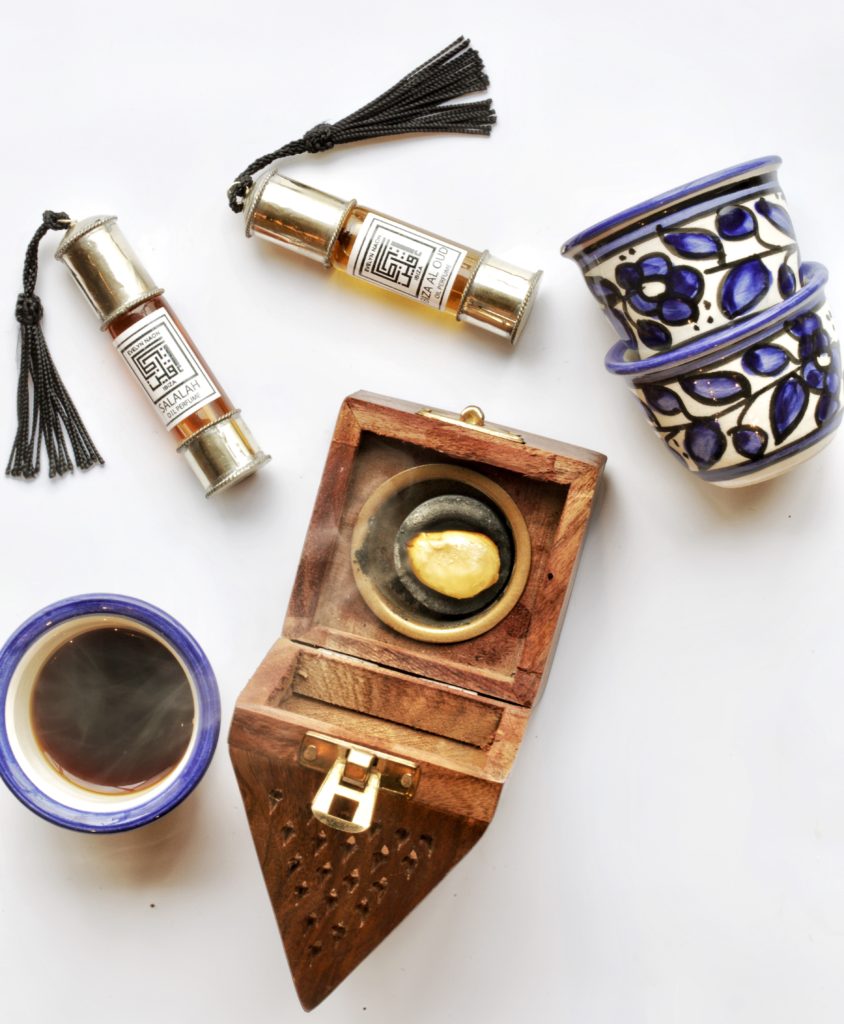
If you’ve never burned frankincense before but would love to try it out, we’ve written a step-by-step guide walking you through exactly how to burn frankincense resin at home. We cover everything you’ll need to burn it safely, including how to avoid smoking out your house!
One of the most intriguing properties of frankincense is that it has been used as a traditional remedy to reduce symptoms of anxiety and depression for hundreds of years, as it is believed to support mental wellbeing, reduce the impact of stress and improve mood. Today it is thought that the neuro-active compounds in the boswellic acid found in frankincense help support emotional regulation.
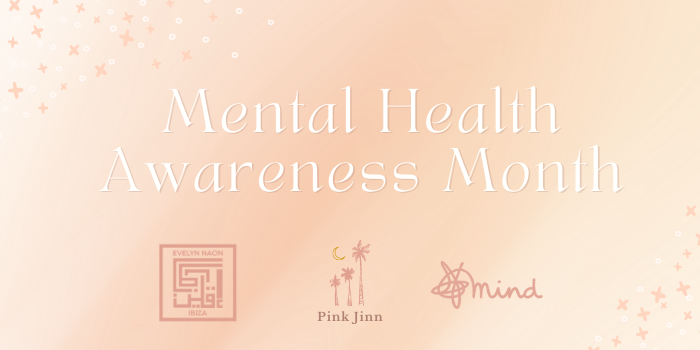
Inspired by this use of frankincense, we have made our fragrance range the centre of our fundraiser for Mental Health Awareness Month! Throughout May 2022, we are donating 10% of proceeds from our frankincense, perfumes and bakhoor to Mind, an UK-based charity which focuses on raising awareness, improving understanding, campaigning for better mental health services and providing advice and support to anyone suffering. Learn more about our fundraiser here!
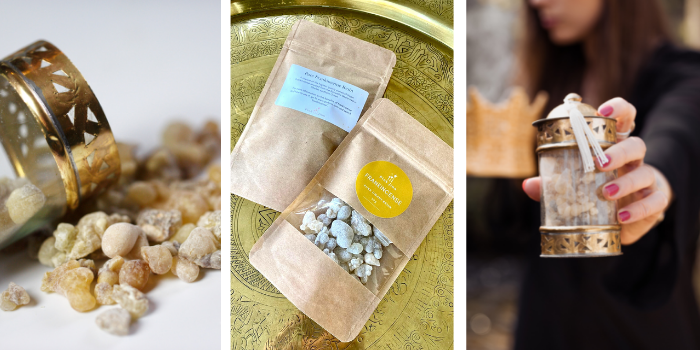
At the Pink Jinn Souq we stock our pure Hojari frankincense in gorgeous jars which come with charcoal discs and a pair of golden tongs, as well as in convenient 50g packets – perfect to try out frankincense for the first time or if you’ve finished your jar and need a refill. Even better, they are both included in our mental health fundraiser, so you’ll be supporting Mind while you shop! Click here to see the full range of products included in the fundraiser.
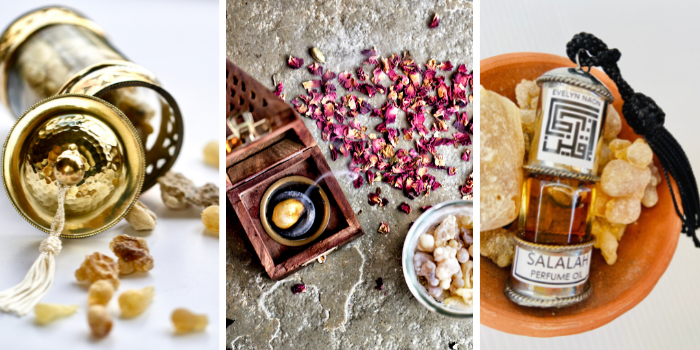
Have you tried frankincense yet? We’d love to know your favourite way to use it!
If you liked this article, you might enjoy:
Step-by-Step Guide: How To Burn Frankincense Resin At Home
5 Health And Beauty Benefits Of Frankincense And How To Use It
Supporting Mental Wellbeing Through Fragrance: Mental Health Awareness Month 2022




